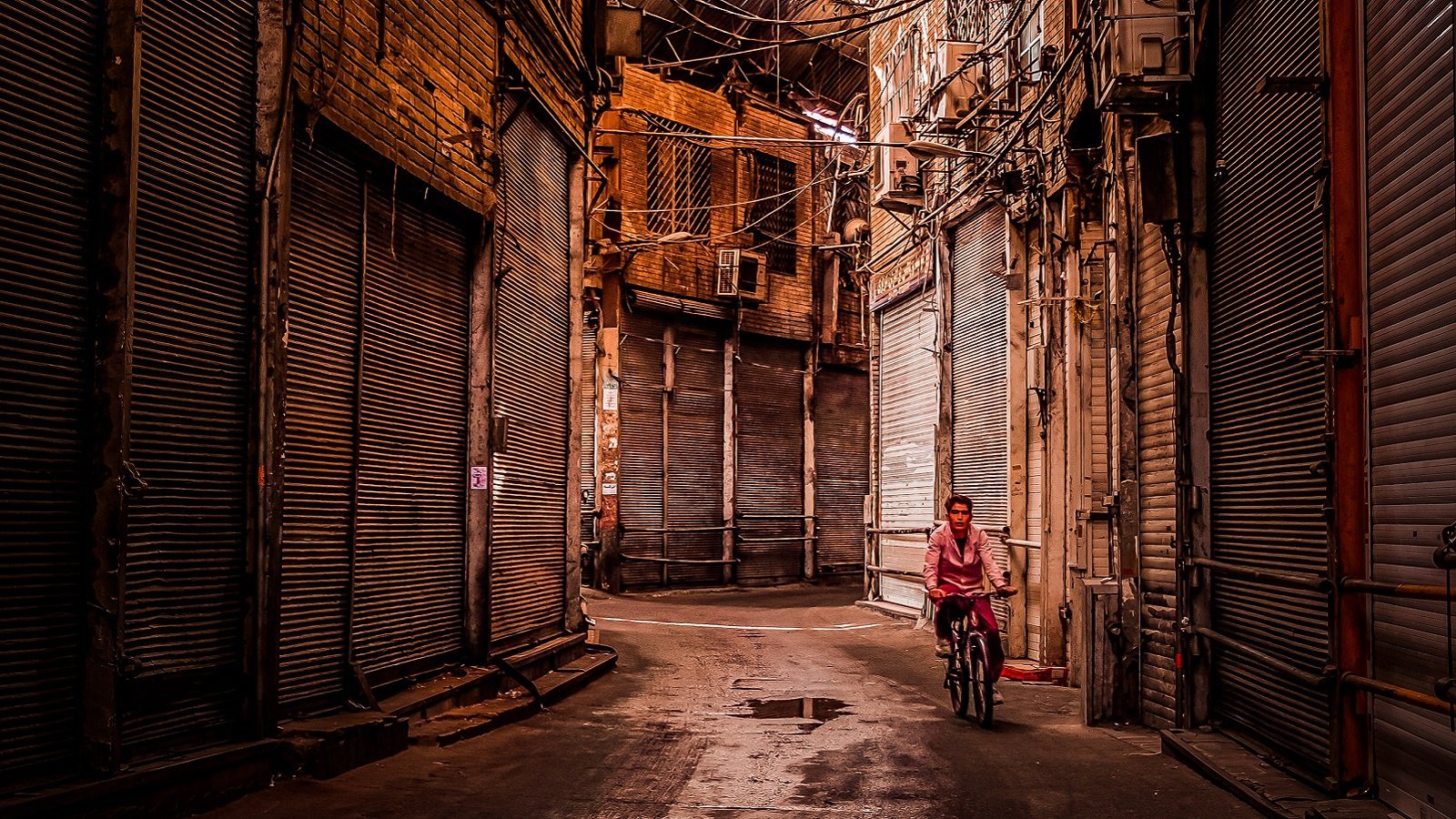Long before the COVID-19 pandemic, the United States faced an epidemic of drug overdose, topping half a million deaths over the last decade. COVID-19—both the virus itself and some of the strategies and policies implemented in response to it—has made the preexisting overdose crisis even more severe.
Both crises impact structurally vulnerable and chronically marginalized populations, including the homeless, incarcerated, poor, and uninsured. Both crises bring to light troubling racial disparities, as Black people face both the highest rate of COVID-related deaths, and the most rapidly increasing overdose death rates. COVID’s many impacts—physical isolation, economic instability, decreased access to public transportation, disruption and irregularities in drug supply chains—can increase the risk of fatal overdose.
Quite predictably, overdose deaths have sharply increased in the time of COVID.
Harm reduction approaches
Research has shown that abstinence-based treatments for drug use, like inpatient detoxification, residential treatment, and outpatient behavioral health services, have little to no impact on adverse outcomes for people who use opioids. Now, as COVID deepens the overdose crisis, the value and importance of a harm reduction approach is even more urgent for keeping people alive, healthy, and safe.
Harm reduction involves practical strategies to reduce negative consequences associated with drug use. Naloxone distribution and syringe service programs are two commonly known harm reduction interventions. But, more than clinical interventions, harm reduction seeks to respect the value and dignity of each person’s life.
Vital Strategies works with state and local governments, health systems, and communities to implement overdose prevention initiatives, focusing on harm reduction programs like naloxone distribution, access to syringes and other safer use supplies, low-barrier access to buprenorphine, and ending the historical penchant for the punishment and criminalization of drug use.
As a global public health organization, COVID-19 has forced adjustments to our work. Recently we published a series of resources on safer drug use for individuals, as well as steps that harm reduction organizations can take to continue their support for people who use drugs while managing risks of COVID-19 transmission.
We are also working with communities to protect services and help support new service delivery methods during the pandemic. We applaud, and in some places directly fund, initiatives like mail-based naloxone and syringe distribution, mobile units providing supplies and medications, and harm reduction vending units. All are programs that have existed for years before COVID-19, in pockets of this country or around the world, but are becoming increasingly accepted in these dire times.
Need for stronger & supportive policies
Programmatic responses and individual behavior change are not enough to get us through this crisis. State and local governments must remain focused on overdose prevention and should do more to proactively support a harm reduction approach.
Over the past few months, many harm reduction programs have reported being left out of their states’ responses to COVID-19. In some places, for example, syringe service programs have been declared essential services but then excluded from the PPE distribution plans established to support other human service and first responder teams.
A national survey captures these stories from across the country, with 43% of syringe service programs reporting some reduction in service capacity due to COVID-19 and 25% reporting at least one site closure, often citing lack of PPE for staff and participants as an obstacle. Respondents expressed that essential service declarations have had little practical impact on creating supportive environments for harm reduction services.
In other ways, COVID-19 responses have actively created harm. Some harm reduction programs have reported that police sometimes keep a visible presence near program sites, which can intimidate and discourage people from seeking services. Now, as physical distancing measures keep more people indoors, those who remain on the streets feel even greater exposure and vulnerability to police attention.
While this is anecdotal information, it’s not difficult to imagine police aggression towards people who use drugs, and it is becoming increasingly evident that enforcement of physical distancing has disproportionately targeted Black people, homeless people, and other vulnerable communities already at greater risk of overdose. Actions like these directly contradict efforts to save lives, both from overdose and from COVID-19. At Vital Strategies, we’re acutely aware that some harm reduction practices we endorse—like stocking up on drugs and safer drug use supplies, as well as obtaining greater than usual quantities of medications—can be cause for arrest, especially during periods of heightened police activity.
Some examples exist of jurisdictions that have reduced punitive actions against people who use drugs. Unfortunately, many of these changes have been short-lived, with arrests for drug use returning to “normal” while the COVID-19 pandemic is far from over. States are also failing to reduce prison populations, needlessly leaving people inside a system that carries severely heightened risk of COVID-19 and is also associated with extraordinarily elevated risk of overdose death post-release.
To truly embrace harm reduction, governments must include harm reduction experts in their COVID-19 response planning, as well as closely examine existing policies that exacerbate harm to people who use drugs.
Harmful practices exposed by COVID-19
America’s overdose epidemic is fueled by stigma and undergirded by racism. The War on Drugs, as we know it today, was originally conceived largely to oppress Black people and other political undesirables.
The COVID-19 response has brought this ugly truth to light, exposing the general disregard for human life that permeates policy responses to drug use. In our work we have encountered several deeply troubling examples:
- Since the COVID-19 outbreak in the United States, some police and emergency medical service providers refuse to carry and/or administer the lifesaving overdose antidote, naloxone. While this is not universal, the practice is common enough that SAMHSA (Substance Abuse & Mental Health Services Administration) deemed it necessary to issue guidance on the matter. SAMHSA’s words of caution against the “decision to withhold this lifesaving drug” is an absurd reminder of how drug policy has excluded our fellow human beings.
- Throughout the US, cities have rapidly sought ways to find shelter for the homeless in order to address the hygiene needs and physical distancing measures required to reduce COVID-19 transmission; many hotels (emptied by travel restrictions) have stepped up to offer this needed housing. This offer, though, often restricts against homeless people who use drugs, imposed by either hotel policy or government refusals to allocate funds towards people who use drugs.
Other vestiges of the racist and stigmatizing roots of the drug war are less apparent but equally damaging. For example, the well-intentioned efforts in New Haven for first responders to distribute harm reduction kits were delayed and altered when legal obstacles arose regarding inclusion of crack pipes in these kits. As is true in many places, Connecticut state law allows for syringe distribution to protect against opioid use harms that are perceived to impact everyone, but the law still bans items like crack pipes whose use is more commonly associated with Black and Brown people. This selective legalization of some harm reduction efforts over others, rooted in racist origins, is harmful to everyone.
The way ahead
Our approach throughout the COVID-19 pandemic must acknowledge that drug use will continue. We must protect and actively support harm reduction programs and people who use drugs, dramatically rethink and reshape the role of law enforcement in responses to both COVID-19 and drug use, dismantle racially motivated policies, and reconstruct policies inclusive of those who’ve already suffered the greatest harm.
**Feature photo by Omid Armin on Unsplash
Interested in contributing to the Harvard Primary Care Blog? Review our submission guidelines
Interested in other articles like this? Subscribe to our bi-weekly newsletter

Alejandro Alves, MPP, is Deputy Director for the Overdose Prevention Program at Vital Strategies, a global public health organization that is leading a Bloomberg Philanthropies funded initiative to reduce overdose deaths in the United States. Alejandro was formerly a chief of staff in the Massachusetts State Senate advising on public health and substance use policy, and is a veteran and former U.S. Army officer. He received his MPP from the Harvard Kennedy School and BS from West Point.
- Share
-
Permalink


